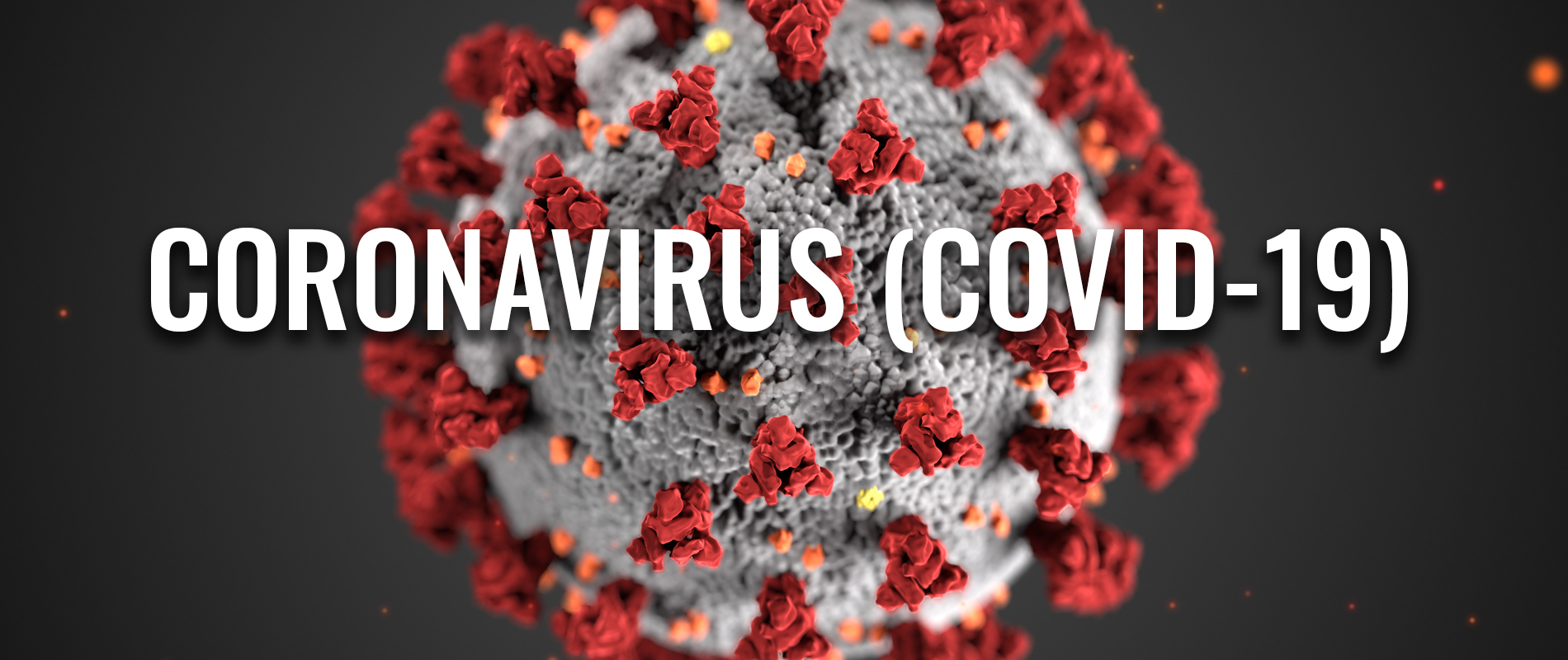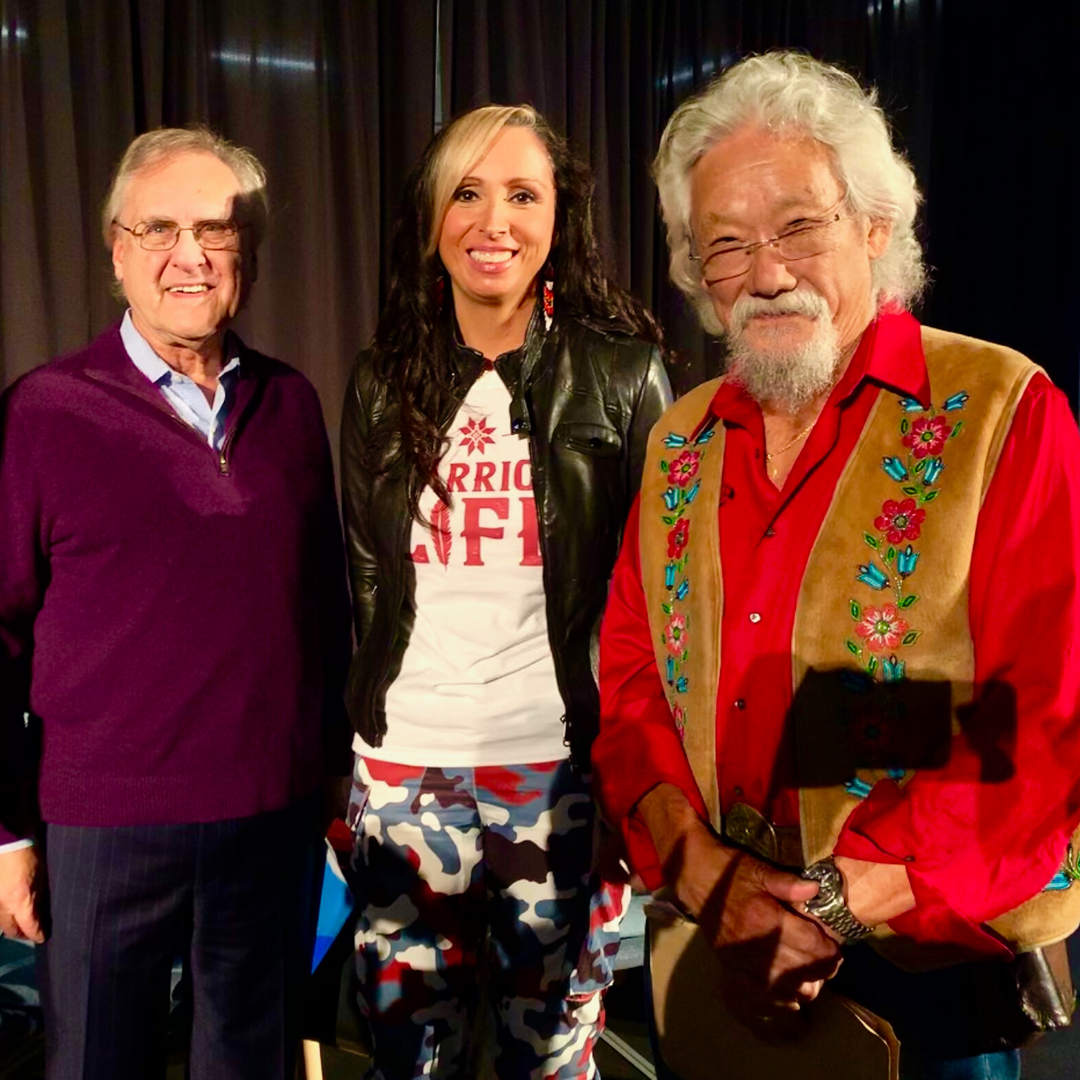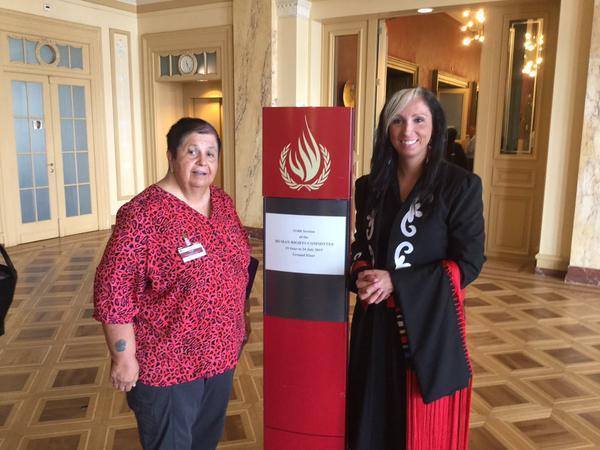
Dear social justice allies, Several weeks ago, I wrote an article for APTN News about the need for all levels of government to work with Indigenous governments and prison justice experts to develop a decarceration plan for Indigenous peoples to avoid a massive covid19 outbreak in prisons which would disproportionately impact Indigenous peoples.
COVID-19 pandemic plan needed for Canada’s jails and prisons
I then did a Youtube video providing more context on this issue and why a strategic, decarceration plan is needed for Indigenous peoples, especially Indigenous women who are the most over-represented prison population. Indigenous peoples are already in a high risk category for covid19 health issues and prisons would only make the matter worse.
https://www.youtube.com/watch?v=a3gx_skSDX8
The Canadian Association for Elizabeth Fry Societies is also calling on governments to release some prisoners, including Indigenous women. pregnant women, and others.You can see their Open to Letter to Government here: https://www.caefs.ca/caefs-calls-for-release-of-prisoners-at-risk-due-to-covid-19/
Many of you contacted me after seeing my video asking about a template letter they could use to Please see the below template letter that you can use and/or edit to your specific needs to send to the federal government regarding prisoner health and safety during the covid-19 pandemic.
The below draft template letter was provided by Senator Kim Pate, who has been a life long prison justice advocate for women. She has long called on the government to find alternatives to prison for women, especially Indigenous women who are grossly over-represented in prisons and women with physical and mental health issues. She is advocating that prisons release all minimum security prisoners, elderly and ill prisoners, and Indigenous women.
Many thanks for those of you who support prisoners at this time, especially the many thousands who have not even been convicted of their alleged crime.
April , 2020
The Right Honourable Justin Trudeau
Prime Minister of Canada
Office of the Prime Minister
80 Wellington Street
Ottawa, ON
K1A 0A2
Dear Prime Minister and Members of the Cabinet:
Re: COVID-19 in Canadian Prisons
We are gravely concerned that more people are going to die because current preventive measures for some Canadians are inadequate. We are particularly concerned about people living in poverty, people who are already isolated, homeless people, precariously housed and employed people, and prisoners.
There are 40,000 Canadians in prisons and too many are at particular risk due to COVID-19. In federal prisons, more than 1 in 4 prisoners are over 50, more than 1 in 7 have a respiratory illness or hypertension. Many have mental health issues. Elderly, ill and low risk prisoners can and must be released immediately.
Locking down prisoners and locking out visitors is wholly inadequate. Without significantly reducing the number of prisoners, prisons are already becoming incubated breeding grounds for COVID-19. Social distancing for prisoners is being achieved via lockdowns, conditions of solitary confinement.
The responses to COVID-19 in prisons so far raises serious health and human rights concerns. Because social distancing is not possible in crowded jails, the response to positive or suspected cases of COVID-19 are institutional lockdowns. Inadequate cleansers are being distributed to prisoners who often share kitchen and bathroom facilities. It is not effective to distribute hygiene information to those with dementia, learning, language or intellectual disabilities, not to mention those with significant mental health issues.
Staff in federal prisons are already testing positive in growing numbers and others are refusing to go to work where prisoners are diagnosed with COVID-19.
Authorities should be releasing all minimum security, elderly and ill prisoners from federal prisons. As you know, such legislative provisions as sections 29, 81, 84, 116 and 121 of the Corrections and Conditional Release Act were specifically created to move people out of prisons to address health issues, for treatment, for other personal development, compassionate reasons, as well as for work. Sections 81 and 84 provide options which could be easily expanded to provide for the release of Indigenous and other prisoners.
As the Parole Board of Canada has urged, temporary absence and work release options could be broadened, whether by legislative changes or broader interpretation of current policies and practices, to provide near immediate alleviation of current conditions. Some families and communities could immediately accommodate their loved ones. Community residential facilities and non-governmental organizations could be funded (at a fraction of the cost of incarceration), to provide additional community accommodation and support.
Many communities need health clinics, testing centres and housing to alleviate current as well as pre-existing crises. Given the opportunity, construction companies and prisoners could volunteer to assist with the work needed to put this infrastructure in place.
Recognizing these extraordinary times, the government could further support these goals through amendments to legislation and/or policy. One option could be a “presumptive” release on parole at one-sixth of a sentence for all first-time, non-schedule convictions, that could function similarly to current statutory releases, supervised by parole officers with the Parole Board of Canada setting any necessary conditions. Alternatively, currently available measures, such as section 116(6) of the CCRA which permits unescorted temporary absences for renewable periods of 60 days for “specific personal development” programs, could be made applicable to prisoners with vulnerable health issues. Existing measures for release could likewise be expanded to permit individuals to be released with other forms of distance monitoring, such as video reporting.
The public safety risk of releasing minimum security prisoners, those who are ill and those who are elderly to receive treatment and contribute to their communities is negligible. The public health risks—for all Canadians—of keeping these individuals and correctional staff in overcrowded and under-prepared prisons and allowing the virus to spread further is significant, irresponsible and preventable.
Provinces like Ontario and Nova Scotia have taken steps: allowing those who serve sentences only on the weekends to serve sentences at home. In the United States,[i] Europe,[ii] New Zealand[iii] and beyond, legal advocates are working to post bail and encourage release of prisoners. Canadian civil society organizations, medical and legal experts are echoing these calls. Canadians are calling for bold and effective measures. Protecting Canada from a healthcare crisis means protecting those most marginalized, including those in prisons and other institutions.
[i] See e.g. Bill Quigley, Six points about Coronavirus and poverty in the US (Louisiana Weekly): http://www.louisianaweekly.com/six-points-about-coronavirus-and-poverty-in-the-us/ ; Lisa Backus, Advocates Urge Prisoner Releases Before Virus Strikes (CT News Junkie):
[ii] Penal Reform International, Coronavirus: Healthcare and human rights of people in prison: https://www.penalreform.org/resource/coronavirus-healthcare-and-human-rights-of-people-in/.
[iii] Penal Reform International, Coronavirus: Healthcare and human rights of people in prison: https://www.penalreform.org/resource/coronavirus-healthcare-and-human-rights-of-people-in/.
Senator Kim Pate’s office also provided the following information to help families advocating on behalf of their loved ones in prison. Here is her note:
In order to assist in the release of your loved one/family/community member, you may wish to write to their parole officer, as well as the Warden of the prison where they are currently incarcerated. You might also want to write or copy Anne Kelly, Commissioner of the Correctional Service of Canada, Jennifer Oades, Chair of the Parole Board of Canada, Bill Blair, Minister of Public Safety and Security, David Lametti, Minister of Justice, the Prime Minister, the leaders of the other federal political parties, as well as MPs and Senators.
In your letter requesting release on compassionate grounds, or for personal development, or perhaps a work release program in order to care for family members, or a section 81 0r 84 release, you will want to identify why you think they can be released safely in to the community at this time, as well as the types of supports available to them. If you need some resources to assist with community infrastructure, you can encourage the community to apply directly to the Minister of Public Safety.
Email addresses for some of the individuals listed above are:
- Bill.Blair@parl.gc.ca
- David.Lametti@parl.gc.ca
- jennifer.oades@pbc-clcc.gc.ca
- Anne.Kelly@csc-scc.gc.ca
- Justin.Trudeau@parl.gc.ca
- Andrew.Scheer@parl.gc.ca
- Yves-Francois.Blnachet@parl.gc.ca
- Jagmeet.Singh@parl.gc.ca
Many are copying our office on their correspondence so that the recipients are aware that we are monitoring developments in the matter.
Additionally, please see below the link to an article by former Minister of Health, Dr. Jane Philpott and Senator Pate published recently in Policy Options regarding releasing prisoners in light of the COVID-19 pandemic, which may be of interest:
Thank you once again for writing and take good care.
Senator Kim Pate’s Office:




